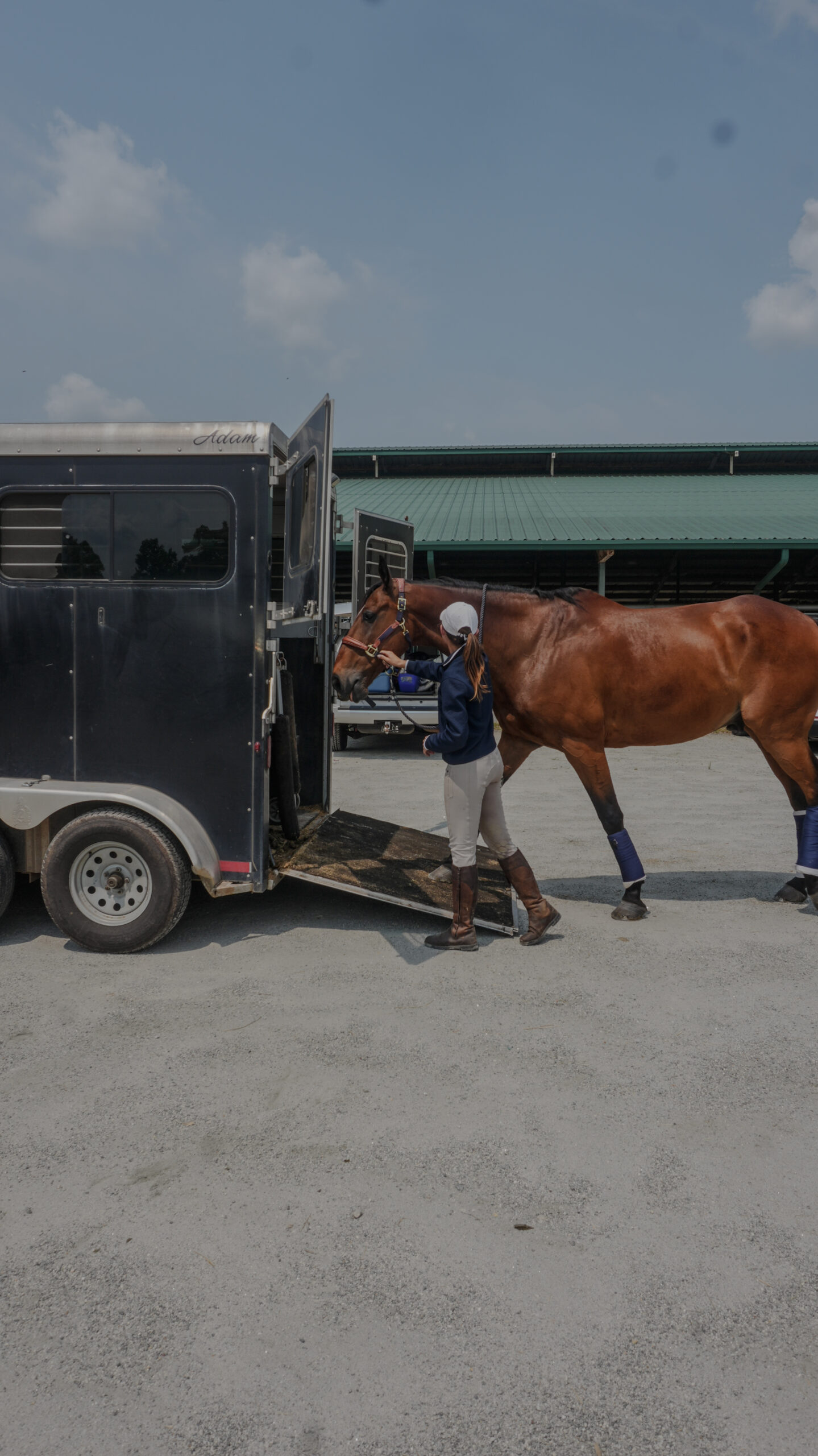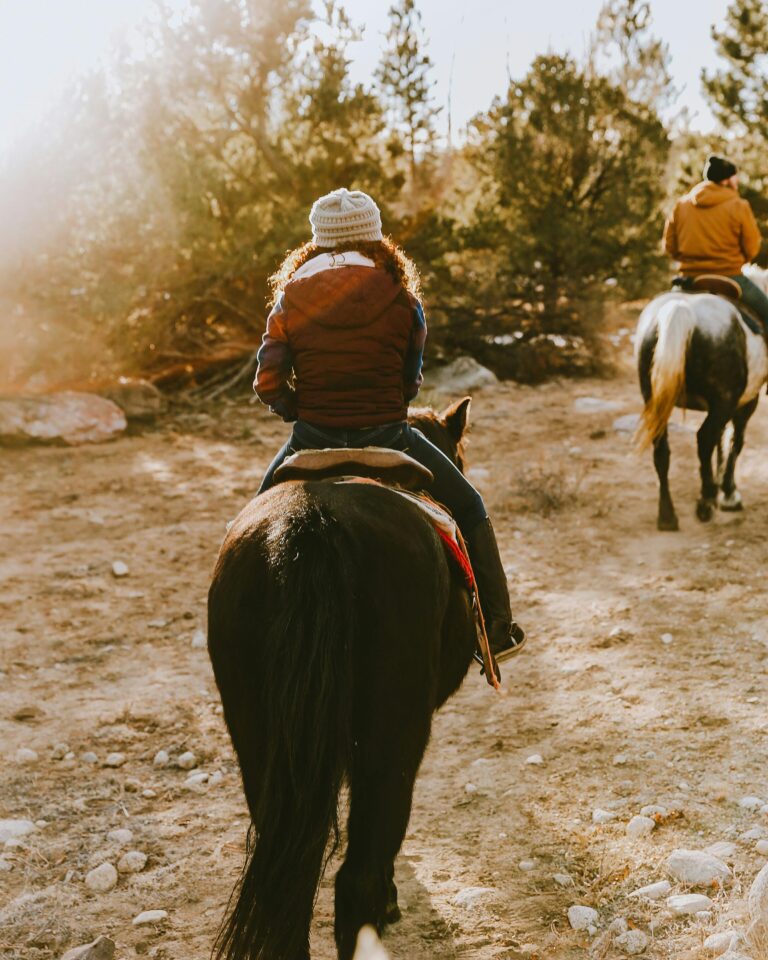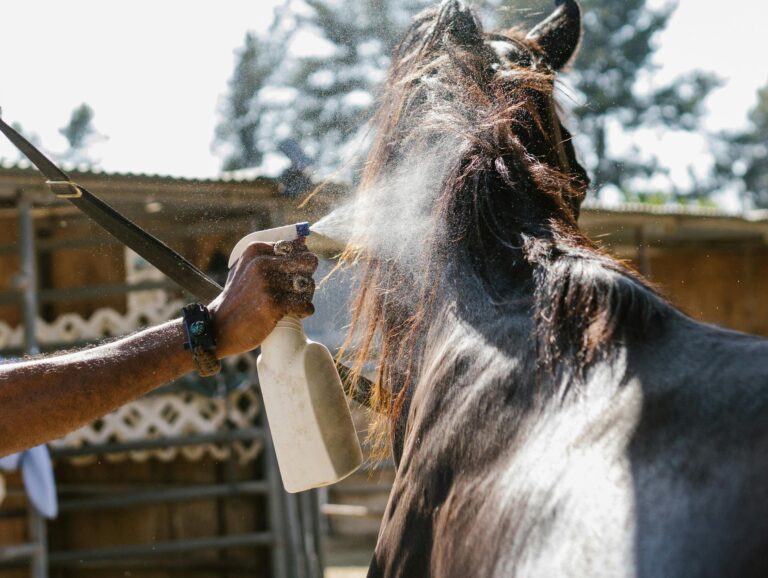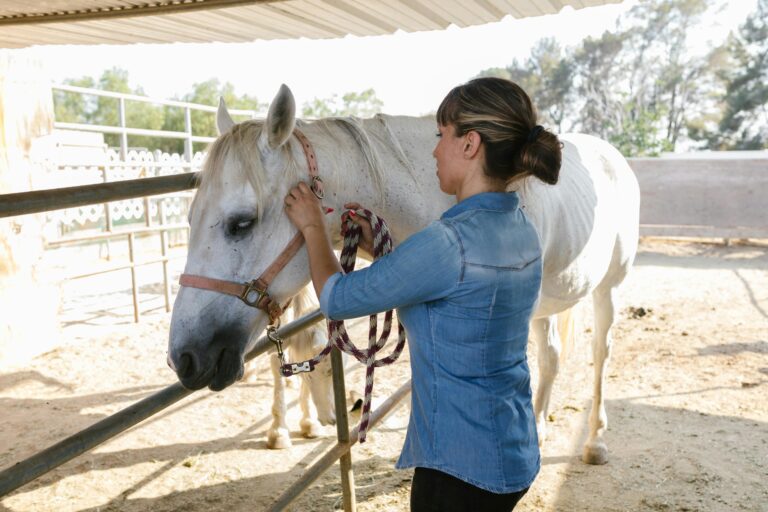Few things are as frustrating, or dangerous, as a horse that refuses to load into a trailer. Whether you’re heading to a show, an emergency vet visit, or a weekend trail ride, trailer loading should be a routine, calm process, not a high-stress event. With consistent practice and patient handling, you can teach your horse to load confidently and travel safely.

Why Practice Makes All the Difference
Many horses only see the inside of a trailer a few times a year. To them, it’s a small, noisy, unfamiliar box that often leads to work or stressful situations. Without regular exposure, horses may develop anxiety or resistance to loading. Waiting until travel day to fix the issue adds unnecessary pressure for both horse and handler.
By making trailer loading part of your regular groundwork, you normalize the experience and create a positive association. This preparation builds trust and ensures your horse is ready to load, especially when time matters most.

Start with Groundwork Basics
Before approaching the trailer, make sure your horse leads well, responds to pressure and release, and can back up, yield hindquarters, and move forward willingly. These fundamental skills create the foundation for smooth trailer loading.
If your horse hesitates or balks near the trailer, go back to groundwork exercises nearby, gradually working closer. Never force or rush the process. Calm repetition builds confidence.
Make the Trailer Inviting
Set your trailer up for success:
- Park it on level ground with good footing.
- Open doors and windows to let in light and fresh air.
- Remove dividers, if possible, to make it appear more open and less intimidating.
- Place hay or a feed pan inside to encourage investigation and reward exploration.
Let your horse walk up, sniff, and step in at their own pace. Reward small progress, like putting one hoof in, without rushing to close the door. Practice standing quietly inside before asking for backing out.
Use Positive Reinforcement
Praise, patience, and consistency are key. Use a calm voice, gentle cues, and avoid yelling or escalating pressure. If your horse backs out or becomes nervous, stay composed and try again.
Avoid using fear-based methods like whips or butt ropes unless you’re in a supervised training scenario and know how to use them properly. The goal is to build willing participation, not forced compliance.
Practice Exiting Calmly
Backing out of a trailer can be just as scary as loading in. Practice slow, controlled exits using verbal cues and halter pressure. Never pull or yank, teach your horse to back out one step at a time. This reduces panic and prevents injury.
Make It Routine
Even if you have no immediate travel plans, load and unload your horse every few weeks. Vary the environment slightly, park the trailer in different places, change times of day, or add tack.
Final Thoughts
Reliable trailer loading takes time and practice, but the investment pays off in safety and peace of mind. A horse that loads quietly is easier to manage in emergencies, competitions, and everyday adventures. Practice often, reward generously, and build trust, one trailer trip at a time.




